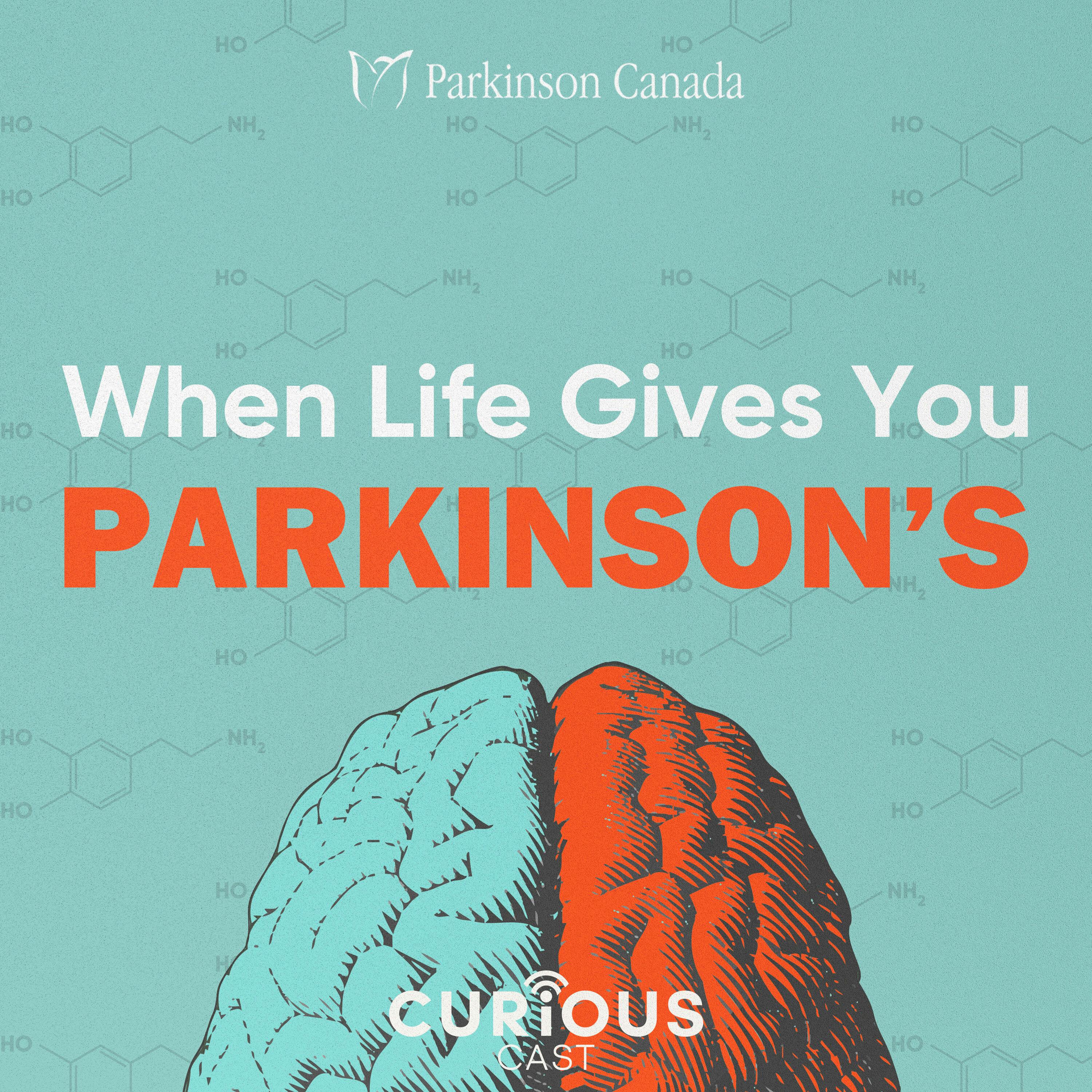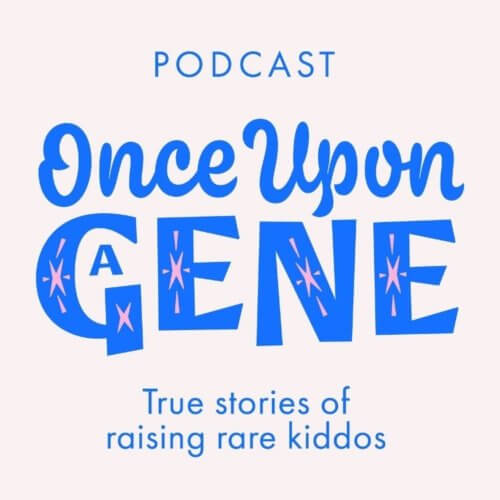Is Parkinson’s a genetic condition? WPC2019 | 3
One of the exciting areas of research as it pertains to understanding Parkinson’s disease is in genetics.
Dr. Matt Farrer is a Geneticist at the Djavad Mowafaghian Centre for Brain Health. In 2004, he found the first genetic connection to Parkinson’s, LRRK2, and his team has sincee identified about dozen others. Dr. Farrer is the first to admit Parkinson’s is not a genetic condition, but as with everything biological there is a genetic component, “The genetic component in Parkinson’s is 27%. That’s the variability in the condition that can be attributed to a genetic cause.” He explains that most people don’t have a clear cut passing of inheritance down the family line from their parents to them, for example. It does happen sometimes, but those families are pretty rare. Dr. Farrer is looking for unequivocal answers. He wants to know what the issue is from a molecular point of view down to a single protein. Once that is determined, Farrer and his team work backs to find out what that protein is doing in a cell, what that cell is doing in a brain and how the mutation discovered leads to disease. “The whole goal is to predict and prevent,” Dr. Farrer says when asked about the chances of a cure. “Cure is a difficult term. I would like to prevent symptoms from progressing. I would like to slow down or halt the disease in people who already have a diagnosis. I would like to prevent it in subjects who may be destined, for example, because of their genetics.”
In Kyoto, Dr. Farrer will be discussing new insights into the function of LRRK2 from a genetic point of view. The information may be a bit heady for folks who aren’t researchers, but if you’re interested, Dr. Farrer encourages you not to be intimidated by esoteric terms he may use. Farrer concludes, “Everyone’s coming to Kyoto anyway, it is a strange place for many, but it’s a wonderful place. Get immersed in it.”
There are quite a few shout-outs to how beautiful Kyoto is. Here is a list of attractions that are listed by level of accessibility, which will help you plan which sites might be a best fit for your ability to get around the city.
There is a magazine called Fokus. It’s like Sweden’s Time Magazine. Fokus’ 2018 Swede of the year in medicine was Sara Riggare. She was diagnosed with Parkinson’s in 2003. 18-years after her first symptoms first appeared. Riggare, co-chair of the Patients Advocate Committee for WPC2019, is self-described as a Parkinson’s “im”-patient. A chemical engineer by trade, she returned to school and is a PhD candidate researching digital self-care for Parkinson’s. Riggare is a proponent of making use of the possibilities of technology and the World Wide Web to benefit individuals with Parkinson’s and empower them with knowledge. “From doing that,” Riggare says, “I learned to observe my body more consciously and I think I’m more attuned to how my body works and the medication effects it.”
Each episode of the WPC2019 Podcast, I’m going to check in with James Heron, the Executive Director of the Japanese-Canadian Cultural Centre to teach us a new word or phrase and help us better understand the culture so we can avoid embarrassing ourselves or offending our hosts.
When you are sitting down to eat or just before you eat, Heron explains that Japanese people will say, “itadakimasu” which is comparable to “Let’s eat” or “Bon appétit.” A pronunciation can be listened to if you google these phrases online. When it comes to chop sticks, Heron suggests you practice before arriving, but if you are having troubles it is perfectly acceptable to ask for a spoon or a fork. “The important thing with chop sticks,” Heron cautions, “is not to stick them upright in your rice. That is something that is actually part of the funeral ritual.” Also, you should never pass food with your chop sticks and only use the ends of chop sticks that are not going in your mouth to take food off a shared plate. Heron also shared some notes regarding specific foods. When eating noodles, he says, it is okay to slurp. Sushi can be eaten with chopsticks, but is often a hand food. He says the Japanese do not pour soy sauce over anything and they only dip the fish side of the sushi into it, never the rice.
Follow me, Larry Gifford
Twitter: @ParkinsonsPod
Facebook: Facebook.com/ParkinsonsPod
Instagram: @parkinsonspod
For more info on the World Parkinson Congress head to www.WPC2019.org
Facebook: Facebook.com/WorldPDCongress/
Twitter: @WorldPDCongress
YouTube: WorldPDcongress
Instagram: @worldpdcongress
Thank you to:
Dr. Matt Farrer, Geneticist at Djavad Mowafaghian Centre for Brain Health
Sara Riggare, co-chair of the Patients Advocate Committee for WPC2019. She’s blogging here.
James Heron, Executive Director of Japanese Canadian Cultural Centre
































